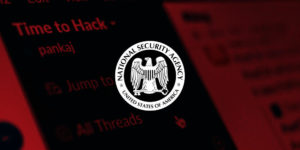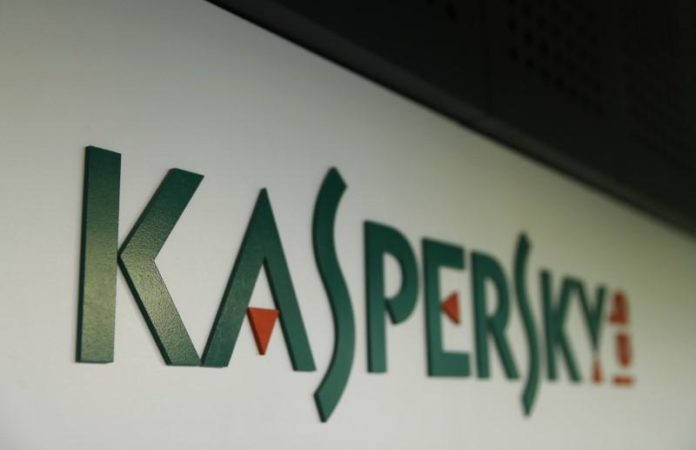Later on, a report came from the Kaspersky lab that suspected theft by the Russsian Spies of NSA hacking tool from their own contractor ‘s laptop, which is condemned by the US media.
The Moscow headquarter vendor has not been in the working state of the companies for the past few months. The reports come from the Washington Post and Wall Street Journal that basically claimed that the product may be used by the Russian intelligence to harvest the data potentially with the Pc firms.
The New york times has another story that in the past month “the Kaspersky Lab software was compromised by the kremlin hacker and using the software as a tool. After that, the federal bureau banned all the products.
Kaspersky lab denied the media point and released a statement “ The media is circulating the older incidents that happened in 2015”.
Now the question arises on the NSA team, who took all the classified data and first how they were able to disable the Kaspersky Lab Software when they detected the new versions of APT-malware which is associated with the US Spy agency.
Let’s Go Deep
The story does not end here” The detection for the malware, the user downloaded and installed the pirated software on his machine as it was indicated as illegal according to the cyber law but they did it. Every Pirated software carries a keygen with him to crack the activation but the keygen also activates the backdoor for the cyber attacker to enter in the machine.
Kaspersky claims” If malware or keygen runs on the system with Kaspersky security enabled then it is not possible that software will never detect that. If you want to run the keygen first you need to disable the Kaspersky security. The third-party access make the user’s machine to open the backdoor and the attacker get open path”

If the same user re-enables the Kaspersky lab software that detects the new malicious code which is sent to the vendor servers for analysis. When the suspected malicious source code found from the analyst the archive was deleted from the systems and it was not shared with the third party.
The Company also claimed that no further detections were received from the user in 2015 and there is no more incident happening after that date, except “Duqu 2.0”.
The Kaspersky lab software never created any detection method for the non-malicious document based on keywords like “top secret” and “classified “.
The main point is still doubtable that Kaspersky claimed that the incident happened in 2014 and most different reports claimed the incident in 2015.
After all the Kaspersky lab put their efforts to prove it’s being clean. So the company decided to launch the Global Transparency Initiative under which its plan to offer the source code for the independent third party review.



Like!! Great article post.Really thank you! Really Cool.